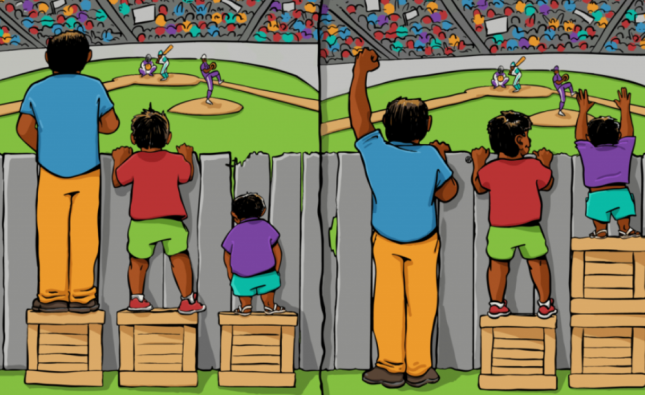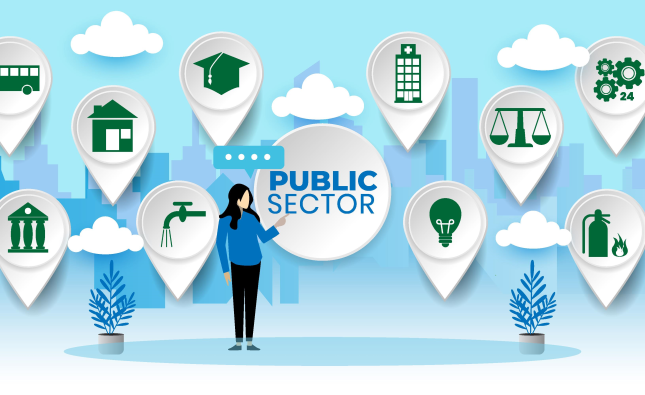
As more and more states are legalizing marijuana for both medicinal and recreational purposes, the debate surrounding its legalization is heating up. Supporters argue that it can provide a plethora of benefits, from reducing drug-related crimes to boosting tax revenues, while opponents warn about potential health risks and societal consequences. So what’s the real story? In this post, we’ll examine both sides of the argument to help you understand the highs and lows of legalizing marijuana. Get ready to dive deep into this controversial topic!
A brief history of marijuana in the United States
The use of marijuana in the United States dates back to the early 1800s, when it was widely used for medicinal purposes. In the mid-1900s, public attitudes began to change and marijuana was increasingly seen as a recreational drug. This led to its criminalization in many states in the 1930s.
Since then, there has been a long and complex history of marijuana in the United States. It has been used both for medical purposes and recreationally, with changing levels of legality. In recent years, there has been a shift towards legalizing marijuana, with several states passing laws to allow its use for medical or recreational purposes.
There is still much debate over whether marijuana should be legalized nationwide. Proponents argue that it could have numerous benefits, including reducing crime and generating tax revenue. Opponents worry about the potential health risks and negative social effects of legalization. As the debate continues, it’s important to understand the history of marijuana in the United States and how we got to where we are today.
The pros and cons of legalizing marijuana
The pros and cons of legalizing marijuana are often debated. Some people argue that it should be legalized in order to save money on law enforcement and to generate tax revenue. Others argue that it should not be legalized because it is a Gateway drug that can lead to harder drugs. There is no clear consensus on the issue, but there are some pros and cons of legalizing marijuana that should be considered.
One of the pros of legalizing marijuana is that it would save money on law enforcement. According to a report by the American Civil Liberties Union, enforcing marijuana laws costs taxpayers around $3.6 billion per year. This is a significant amount of money that could be saved if marijuana were legalized. In addition, legalizing marijuana would generate tax revenue. The state of Colorado collected over $200 million in tax revenue from legal marijuana sales in 2017. This revenue could be used to fund schools, roads, and other public services.
However, there are also some cons of legalizing marijuana. One of the biggest concerns is that it would act as a Gateway drug, leading people to try harder drugs like cocaine or heroin. There is some evidence to support this claim: a study from 2006 found that individuals who smoked marijuana were more likely to use cocaine than those who didn’t smoke pot. However, this does not mean that everyone who smokes weed will go on to use hard drugs; it simply suggests that there is a correlation between the two behaviors.
Another concern about legalizing marijuana is that it
The different ways to consume marijuana
Marijuana can be consumed in many different ways, each with its own set of pros and cons. The most common methods are smoking, vaporizing, eating, and using topical products.
Smoking is the most popular method of consuming marijuana, but it is also the least healthy. Smoke from any kind of burning plant material contains harmful toxins that can damage the lungs. Marijuana smoke also contains some of the same cancer-causing chemicals as tobacco smoke. However, many people find that smoking marijuana is less harmful to their health than smoking tobacco.
Vaporizing is another popular method of consuming marijuana. It avoids the problems associated with smoking by heating the marijuana without burning it. This produces a vapor that contains THC and other active ingredients, but no harmful toxins. Vaporizing is a relatively new method, so there is not yet much research on its long-term effects.
Eating or drinking marijuana is sometimes called “edibles” or “dabbing.” Edibles are food products that contain cannabis extract. Dabbing is similar to vaporizing, but the cannabis extract is added to food or drinks instead of being inhaled as a vapor. The effects of edibles can be very strong and last for several hours. Because edibles take longer to have an effect than smoking or vaporizing, it can be easy to accidentally consume too much.
Topical products are applied to the skin and are absorbed through the hair follicles and
The different types of marijuana
There are many different types of marijuana, each with its own set of pros and cons.
Sativa: Sativa is the most common type of marijuana. It is known for its uplifting and energizing effects. Sativa is often used to treat depression and fatigue.
Indica: Indica is a less common type of marijuana. It is known for its relaxing and sedative effects. Indica is often used to treat pain and insomnia.
Hybrid: Hybrid strains are a mix of sativa and indica strains. They offer a balance of effects, depending on the ratio of sativa to indica in the strain.
CBD: CBD, or cannabidiol, is a non-psychoactive compound found in marijuana. CBD is known for its medicinal properties, and is often used to treat seizures, pain, anxiety, and inflammation.
THC: THC, or tetrahydrocannabinol, is the psychoactive compound found in marijuana. THC is responsible for the “high” associated with marijuana use.
How to grow your own marijuana
Assuming you would like tips on growing your own marijuana:
The first thing you need to do is find some quality cannabis seeds. You can find these at a number of different online retailers or head shops. Once you have your seeds, you need to decide whether you want to grow them indoors or outdoors. Each option has its own set of pros and cons that you should consider before making a decision.
If you decide to grow your cannabis seeds indoors, you will need to invest in some quality grow lights and a ventilation system. This option allows you to control the environment that your plants are growing in, which can be beneficial for preventing pests and diseases. However, it is important to note that indoor grows can be expensive and require more maintenance than outdoor grows.
Outdoor grows are less expensive and require less work, but they are also more susceptible to pests and bad weather conditions. If you live in an area with a lot of rainfall, for example, you will need to take extra steps to ensure that your plants don’t get too much water. Overall, though, growing your own marijuana is a relatively simple process that anyone can do with the right supplies and information.
Conclusion
The debate on the legalization of marijuana will continue to intensify as more states move to legalize it. While there are certainly pros and cons to legalizing marijuana, ultimately it is up to each individual state and community to decide what works best for them. Whether you are in favor or against the legalization of cannabis, this article has hopefully highlighted some of the key aspects that should be taken into consideration when making a decision.









